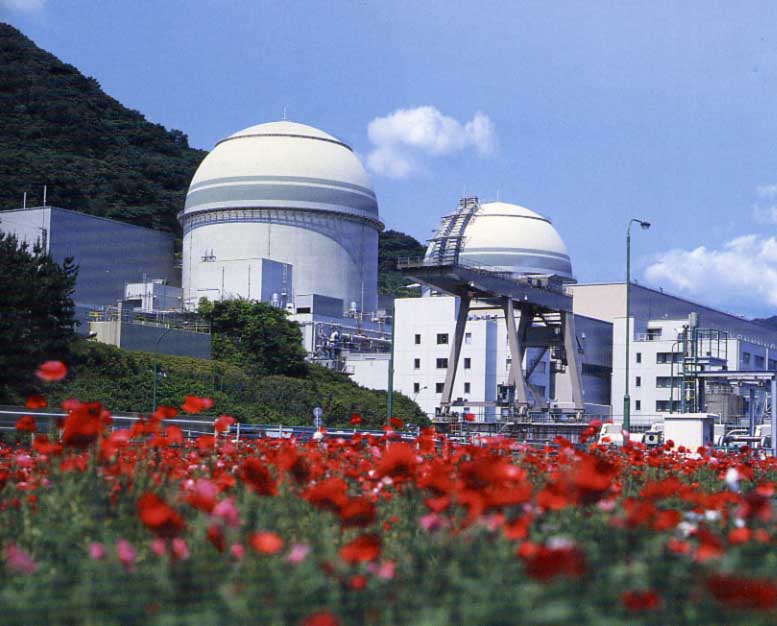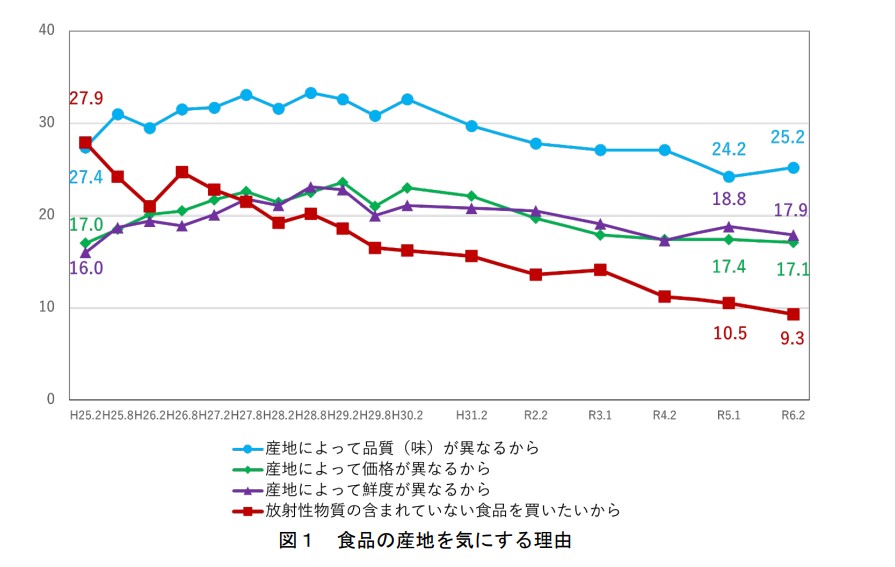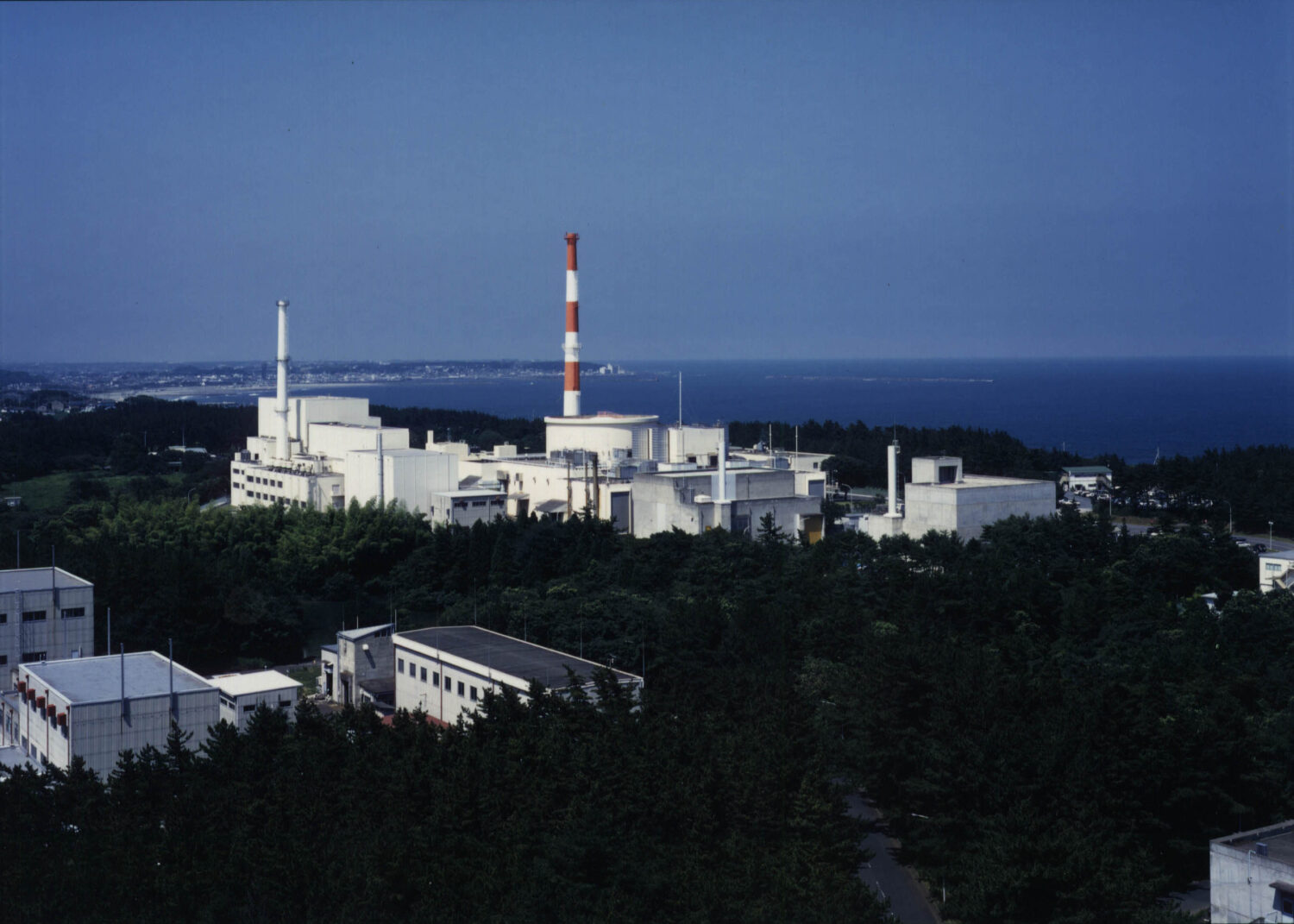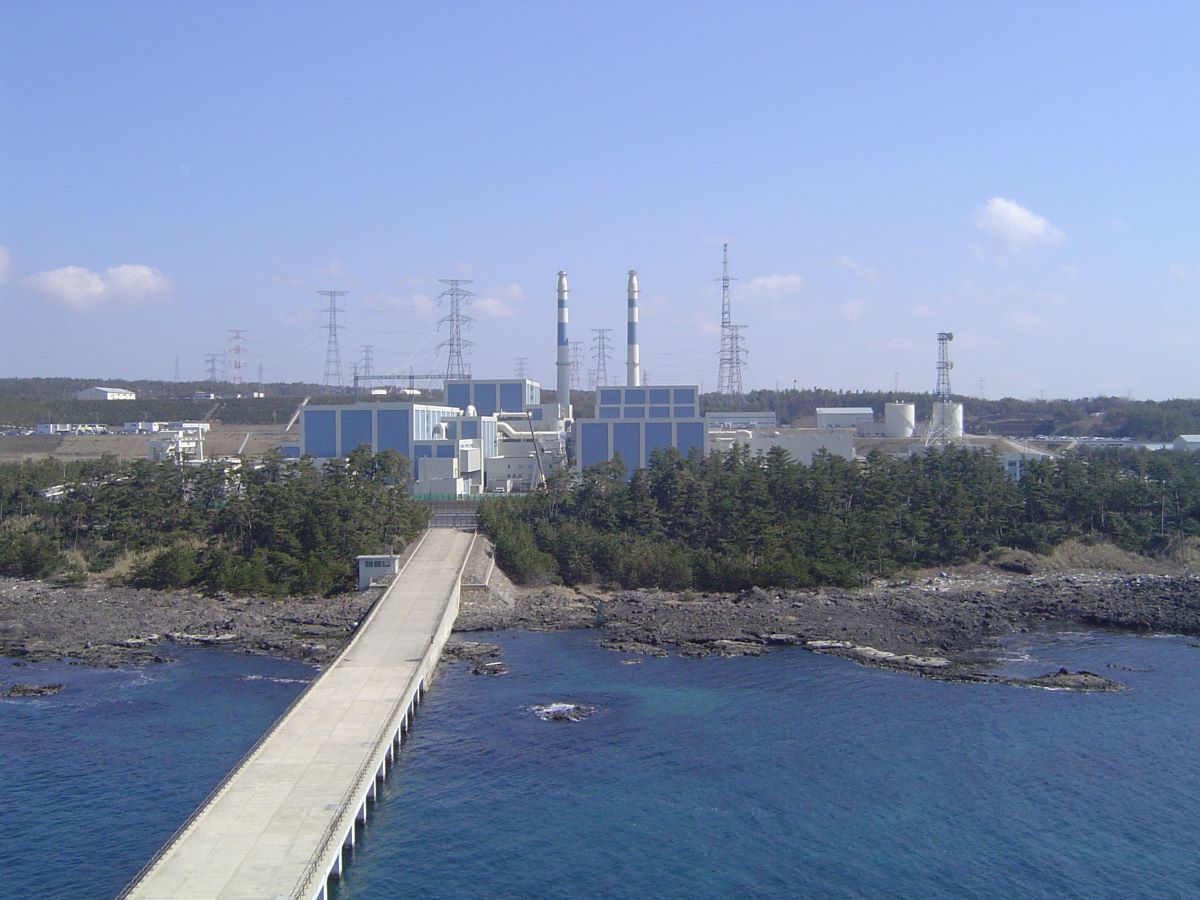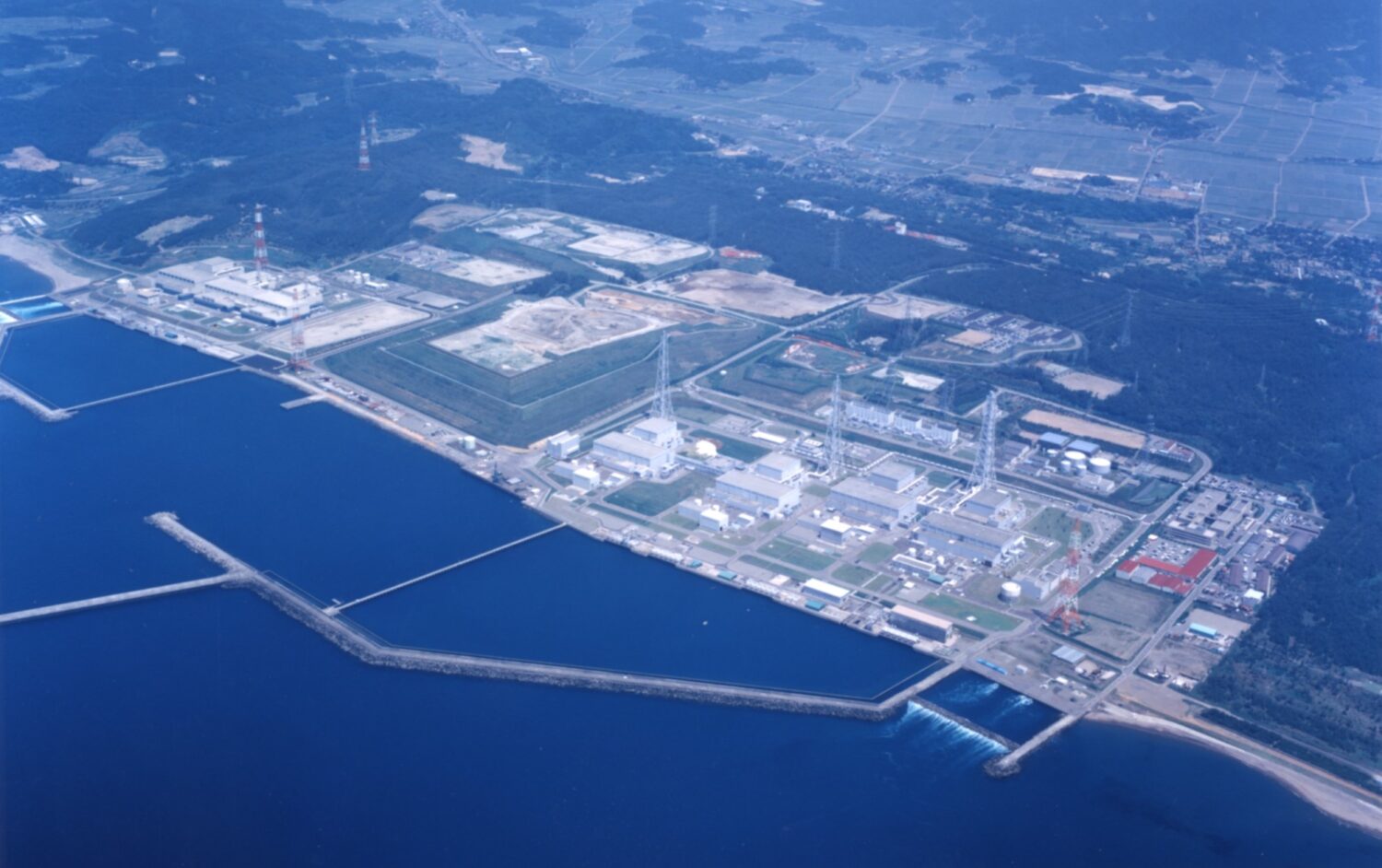Onagawa-1 had originally been shut down in the wake of the giant earthquake that struck eastern Japan on March 11, 2011. In October 2018, Tohoku Electric Power decided to decommission the reactor after a comprehensive review of the major technological challenges involved were it to be restarted, such as measures to enhance safety, a consideration of the number of years it had been in operation, and issues related to power generation.
The entire decommissioning process is divided into four stages, as follows: (1) preparation for dismantling, (2) the dismantling and removal of facilities and equipment in the area surrounding the reactor, (3) the dismantling and removal of facilities and equipment in the reactor area, and (4) the dismantling and removal of the reactor building and other structures.
The final completion of the process is put at more than three decades from now, at FY53 (April 2053 to March 2054). During the stage of preparation for dismantling—the period from approval of the decommissioning plan to FY27—all of the 821 spent fuel assemblies currently stored in the Unit 1 spent fuel pool will be transferred to and stored in the Unit 3 spent fuel pool.
Once decommissioning is complete, the fuel assemblies will then be transferred to the licensee for reprocessing activities, together with the 161 fuel assemblies from Unit 1 that are now being stored at the spent fuel pools of Units 2 and 3.
Of the approximately 300,000 tons of dismantling waste expected as a result of the decommissioning, about 18,500 tons will be solid radioactive waste. About 12,400 tons of the latter amount is expected to be below a designated clearance level (that is, not requiring handling as radioactive material) and will be recycled to the maximum extent, following prescribed procedures under relevant laws. The total cost for dismantling is estimated at JPY41.9 billion (US$380 million at USD1=JPY110).
Additionally, of the total of 14 NPPs currently designated for decommissioning (excluding all units at Fukushima Daiichi and Daini), decommissioning plans for nine reactors have already been approved by the NRA, as follows:
- Tokai-2 and Tsuruga-1 (Japan Atomic Power Company)
- Hamaoka-1 and -2 (Chubu Electric Power Co.)
- Mihama-1 and -2 (Kansai Electric Power Co.)
- Shimane-1 (Chugoku Electric Power Co.)
- Ikata-1 (Shikoku Electric Power Co.)
- Genkai-1 (Kyushu Electric Power Co.)



-1.png)








.jpg)


